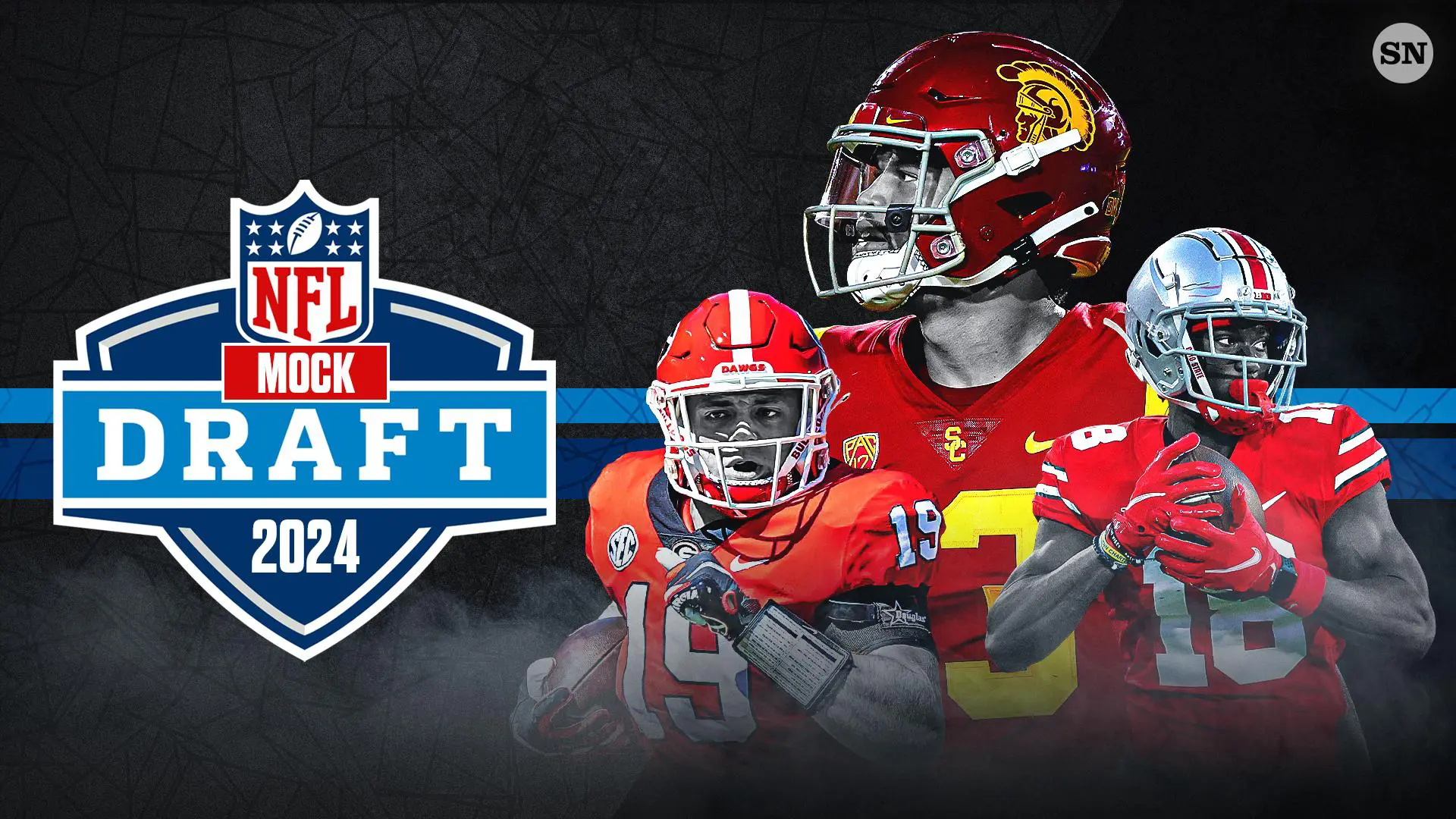Why do Insurance Producers Fail?
Because my firm specializes in insurance brokerage recruiting in the WDC region, I get a lot of calls from WDC area insurance brokerage hiring authorities asking me, “Why are my insurance producers failing?”

The answers may surprise you…
It is interesting just how similar the executive search business is to the insurance brokerage business.
It turns out that many of the same reasons why insurance sales producers are not producing new business are nearly the same reasons why my own recruiters are sometimes not successful.
I will address the primary two reasons below:
It’s a Numbers Game: Activity drives Sales. And it is amazing just how many sales managers have not figured out the activity metrics of their own sales organization.
For sure, each organization is going to be a little different, but across my insurance client base, it’s pretty much the same process:
- Segment your market and identify/develop your niche,
- Get a list of those companies and identify the decision-maker,
- Network via COIs/Industry associations or channel partners to get access,
- Send emails, leverage social media, and follow up with text/calls,
- Establish an initial personal connection in person or virtually,
- Schedule the sales presentation meeting,
- Close the deal
When the dust settles, fine tune your activity metrics and benchmarks.
A typical insurance sales metric: 1) 200 targeted emails/calls = 20 telcon/virtual presentations = 10 sales presentations = 2 deals using a 5:1 closing ratio. Repeat the same process 3 – 5 times over the next 90 days.
So why doesn’t every sales producer do this?
Because many times there are no communicated benchmarks and/or metrics to measure activity against. There is no real accountability.
If benchmarks and metrics are not measured on a regular basis and enforced, they do not exist. It’s just human nature.
So who determines the activity benchmarks?
Every sales organization has to determine their own metrics and benchmarks. Once this is done and effectively communicated to the producers AND measured each week or month in a group setting, your sales producers will either perform or realize they need help.
Post it in the conference room so everyone can see how their activity fared against their peers. Believe me, nobody wants to be last.
For new hires, within 90 days you will know the posers from the producers. Keeping unproductive producers around too long is one of the costliest mistakes you will ever make.
It’s amazing how similar our sales models really are because I sit down with my recruiters every January and remind them of how much activity they will have to make to prospective candidates to make $xxxx for the year.
After 20 years of doing this myself, I know the numbers. And at the end of the year, we tally up the activity from our CRM/pipeline reporting system and, sure enough, the sales commissions they generate from activity is within a margin of error of +/- 5%.
Amazing. As such, they look forward to making the calls every day! Because they know the metrics.
Simple.
Do you know your metrics?
If you don’t have the metrics for a particular C/L or EB sector, just call me and I will give them to you.
I have the averages.
Ability to Connect: Throughout the years, my best entry level placements have been young teachers and journalists/reporters. Why is this so? Because they can CONNECT with people. They not only have a wide range of experiences, but they have advanced active listening skills. Listening and clarifying is in their DNA.
I was just telling someone this morning over breakfast about a well-known insurance brokerage client that invited me down to their headquarters office for some consultations on compensation structure.
At the conclusion, I was invited to a company function where some of their insurance top insurance producers were present. I was asked to interact with some of them and guess who the #1 nationwide producer was.
I was astonished to find out that the #1 producer was a non-descript individual sitting off in the corner of the crowded bar area reading the WSJ.
I introduced myself and ended up having a 30-minute conversation about a wide range of topics from family to sports to art to music to travel. This slightly pudgy and horn-rimmed individual could really connect.
And he listened to what I had to say. By the time I left the table I really felt like I had made a new friend. He could CONNECT.
Tough to measure on a personality profile or in a resume. But when you feel it, you know it. Look for it in your next sales producer candidate.
Funny thing was that I asked him about his activity metrics and he knew his closing ratio to the decimal point.
Are your producers talking or are they connecting?
Your thoughts and feedback are important to us and greatly appreciated.



